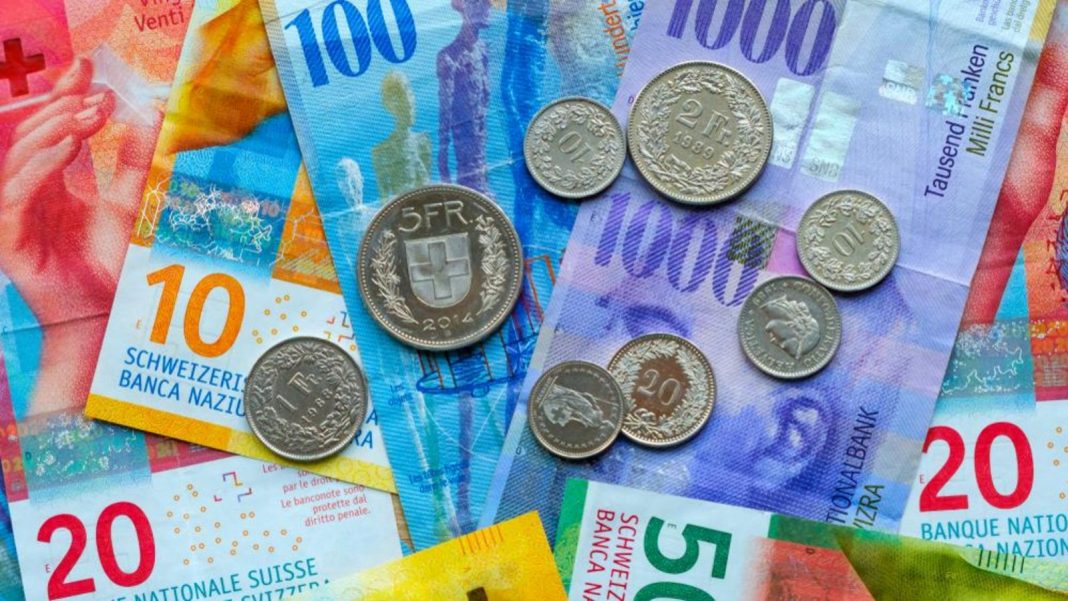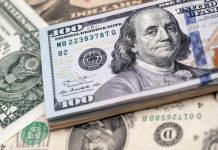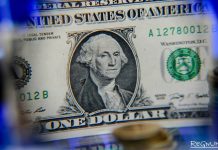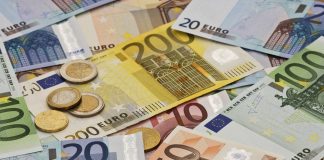After a strong rally on Friday, when the USDCHF briefly reached parity mark, the dollar tried to extend gains earlier on Monday amid a positive risk sentiment fueled by unexpectedly strong China PMI data. But the pair was rejected from early October highs and turned negative on the day after Trump’s fresh tweet on the dollar and tariffs. The US President once again expressed his unhappiness with strong dollar and reiterated his call for the Federal Reserve to lower rates. Also, Trump said he will restore tariffs on all steel and aluminum that’s shipped into the U.S. from Brazil and Argentina, which spooked investors and made them rush into safety.
As a result, USDCHF plunged to 0.9976 and quickly lost its Friday gains as the dollar received a double blow from Trump. Moreover, it is still unclear if the US and China will manage to strike an interim deal before the December 15 tariff deadline, which adds to uncertainty in the global markets. As such, the recent risk rally which is waning quickly could be seen by investors as an opportunity to take profit, with trade-related risks remain elevated at this stage.
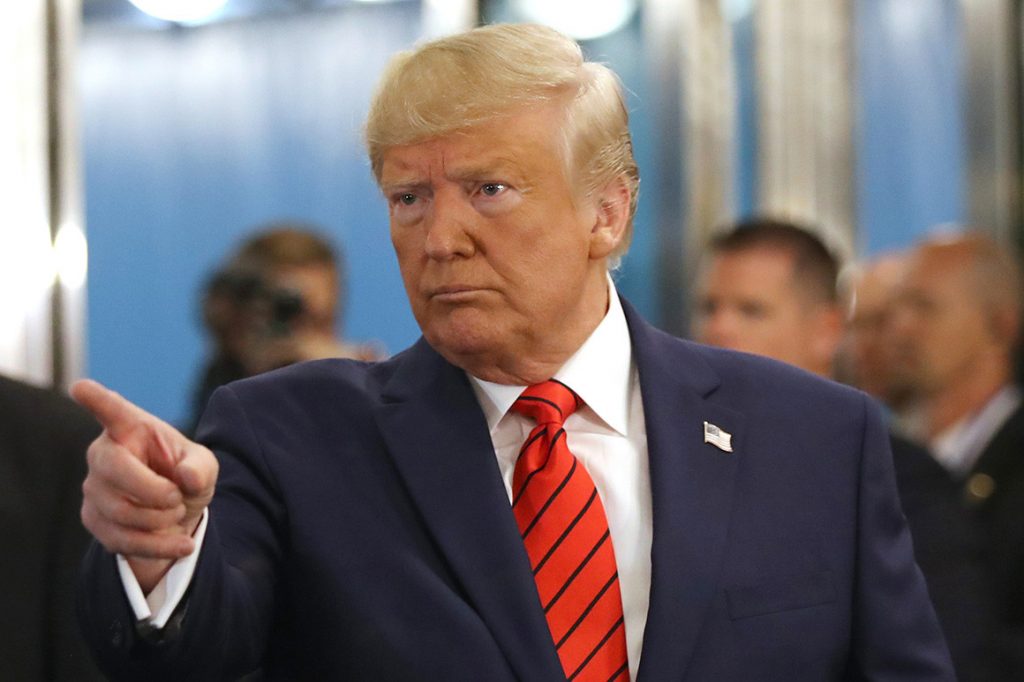
The USDCHF pair remains relatively high and represents an attractive selling opportunity. Technically, the greenback encountered a strong psychological resistance at the parity level. To break this barrier, the markets will need to see a phase one deal between the US and China in the days to come. Otherwise, traders will accelerate risk aversion which in turn will support safe-haven assets including the Swiss franc, the Japanese yen and gold.
There is a possibility that the preliminary trade deal may now come next year. If these reports are confirmed, high-yielding assets will continue to lose ground across the board. Against this backdrop, USDCHF could target the 200-DMA at 0.9946 after a break below the 0.9966 intermediate support zone. On the upside, the dollar now needs to regain the 1.0000 figure to confirm the upside trend which remains undamaged as long as the pair stays above the mentioned moving average.




















